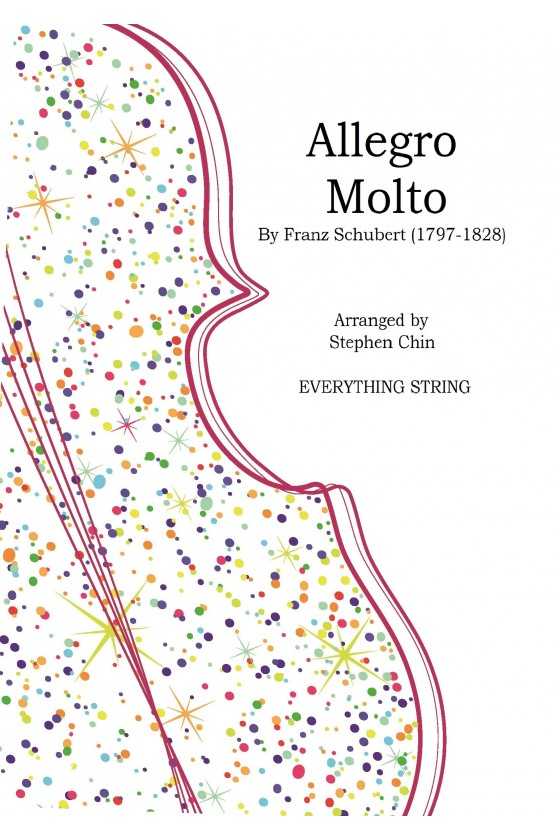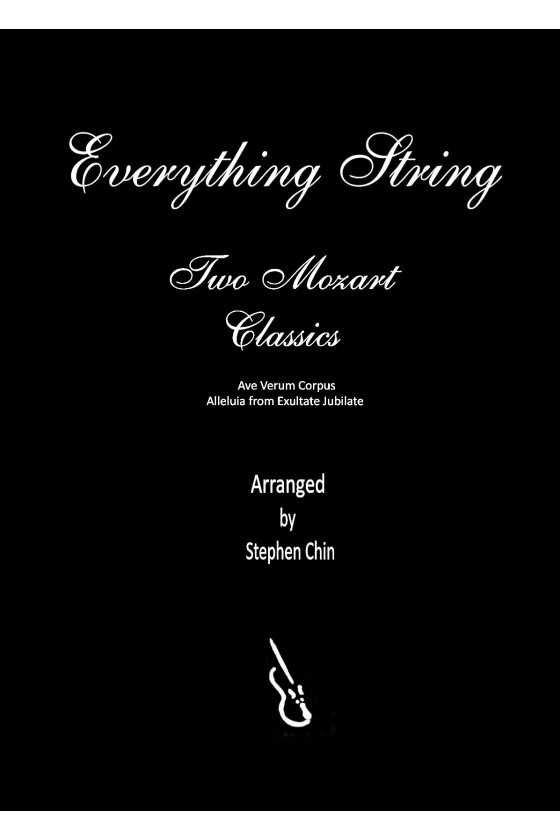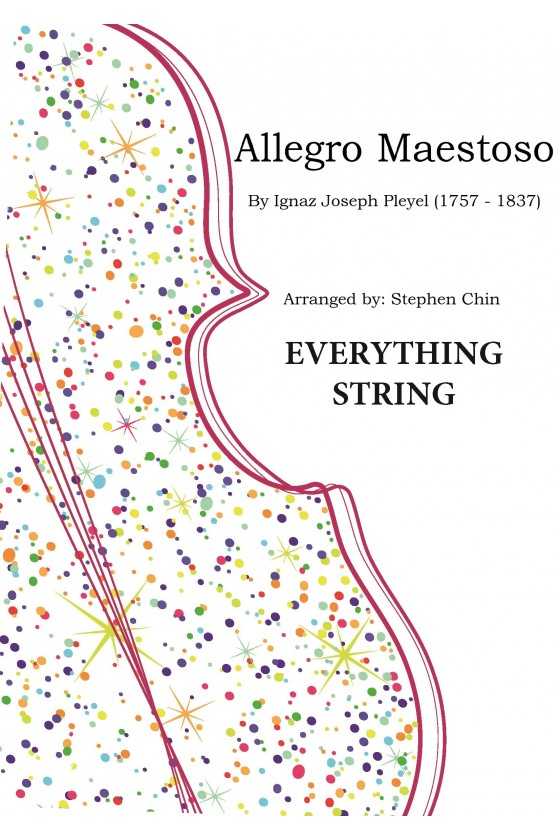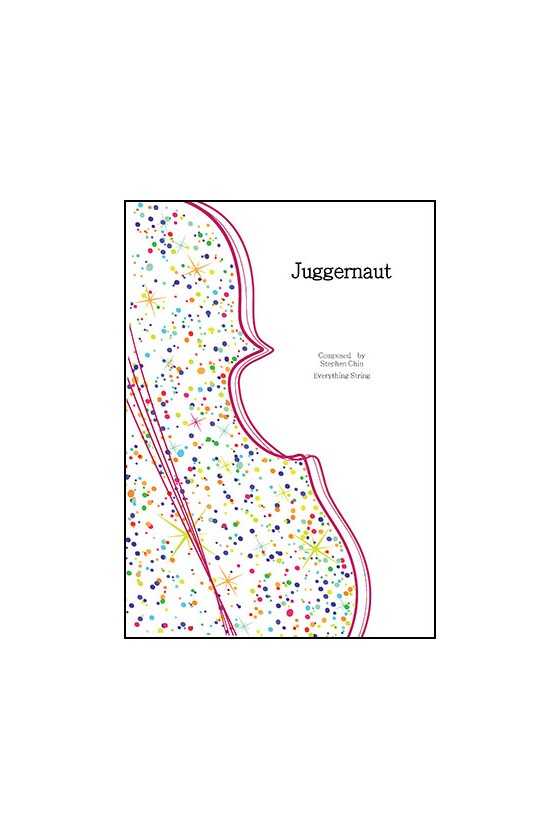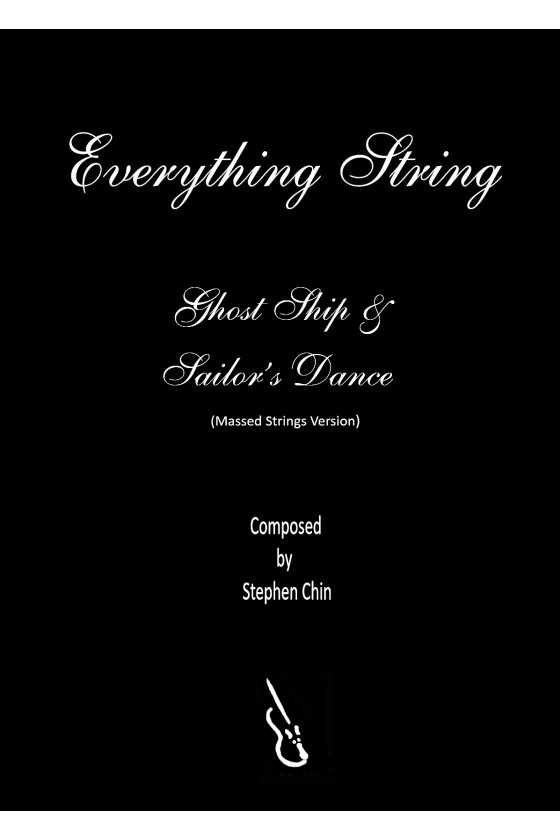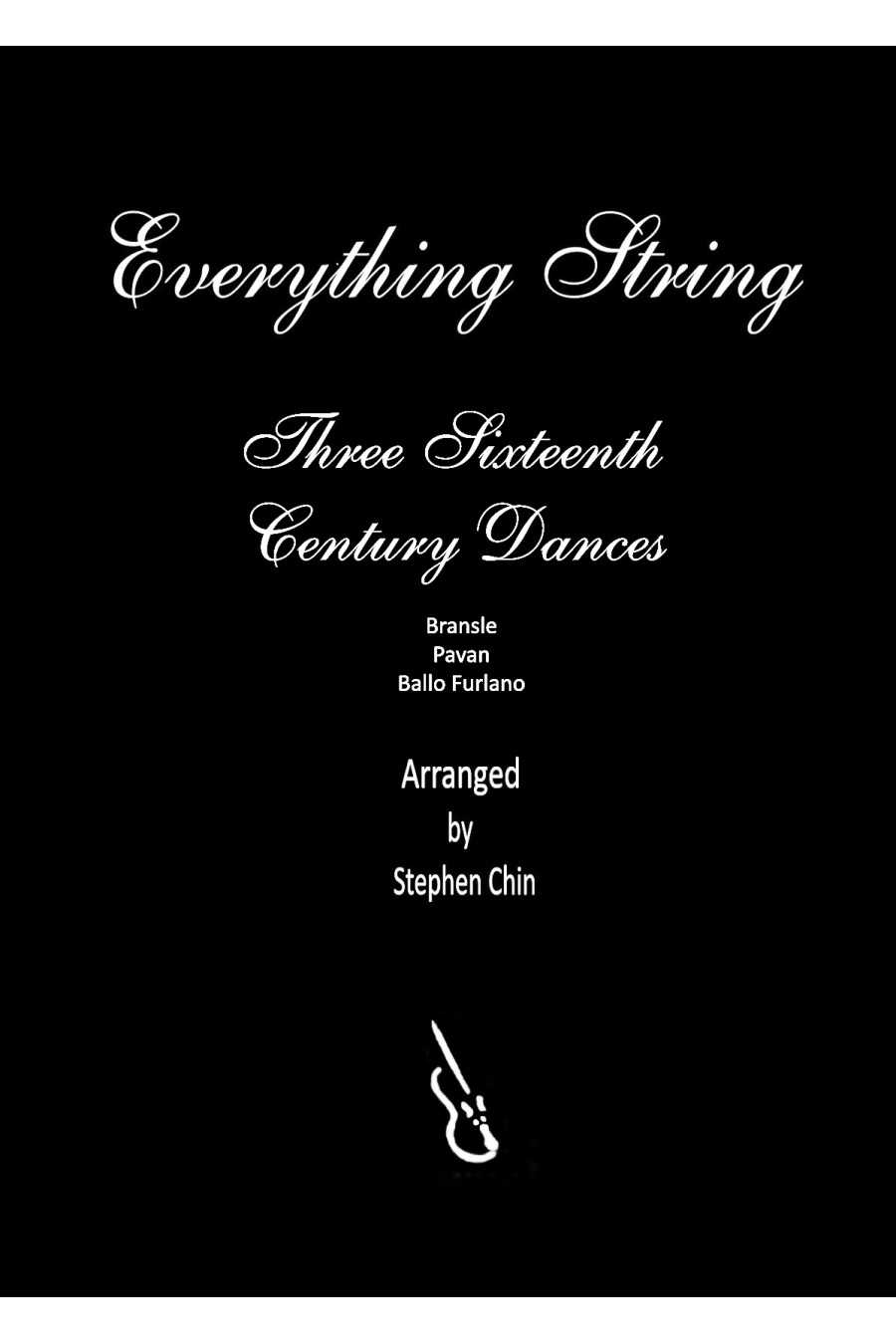
Allegro Molto by Franz Schubert arr. Stephen Chin
Schubert's Sonatina Op. 137, No. 1's Allegro molto movement, originally for violin and piano, has been arranged for strings, making it more accessible.
Composer Franz Schubert was a skilled violinist who wrote over 12 string quartets by age 19. His first three violin sonatas, including Sonata No. 1 in D major, D 384, were later published as Sonatinas in 1836. The charming piece of music is relatively easy to perform.
Schubert's "März 1816" sonata has an intimate atmosphere, perfect for a small ensemble. It features three movements: Allegro molto, Andante, and Allegro vivace. The Allegro molto is a lively and fast-paced movement, followed by a slower, more contemplative Andante. The piece concludes with a rousing Allegro vivace.



